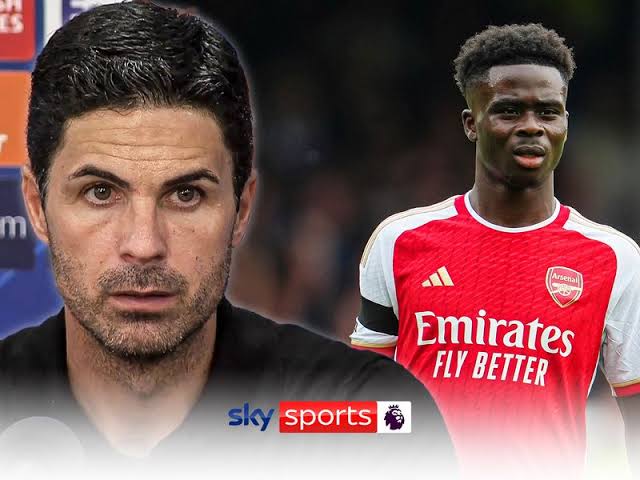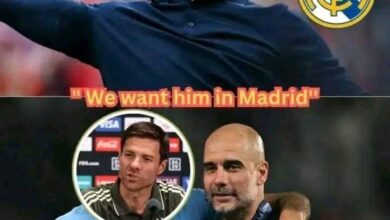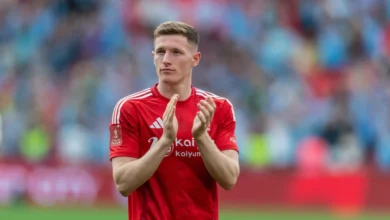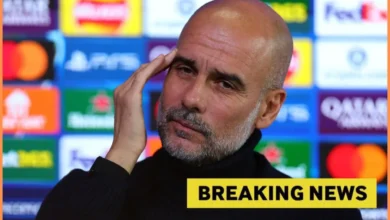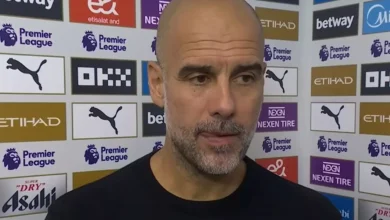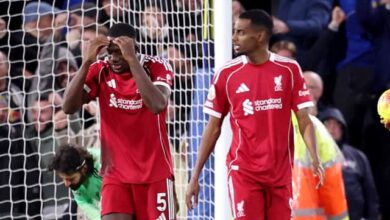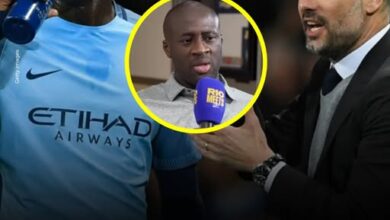Bukayo Saka injury: Progress and potential return date
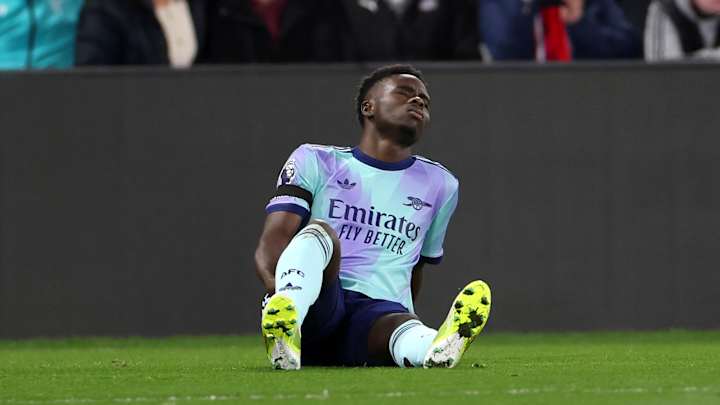
Bukayo Saka, one of Arsenal’s most pivotal players, has been sidelined with a significant hamstring injury that has left a noticeable void in the team’s attacking force. The injury occurred during a 5-1 victory over Crystal Palace on December 21, 2024, when Saka was forced off the pitch after just 24 minutes of play. This untimely setback has disrupted Arsenal’s campaign, especially as they struggle without their talismanic winger. As questions surround his potential return, fans are left wondering when they will see the 23-year-old back in action.
Saka’s hamstring injury is one of the most serious he’s faced in his career. Known for his durability and resilience, especially given the rough treatment he often receives from defenders, this injury marks a significant setback in his career. Following the match against Crystal Palace, where Saka was visibly in discomfort, the club’s medical team quickly conducted scans to assess the damage. The results confirmed the severity of the injury, leading to the decision to proceed with surgery.
Arsenal’s manager, Mikel Arteta, confirmed in December that Saka had undergone the procedure and that it was successful. However, Arteta warned that Saka would be out of action for at least two months. He mentioned that the recovery timeline was difficult to pin down exactly, as it depends on how Saka’s body responds to the healing process, particularly with the scar tissue that forms after surgery. Despite the uncertainty surrounding the precise return date, Arteta suggested that a return by late February is possible, although a more likely scenario sees Saka back by March.
For a player who has been relatively injury-free during his professional career, this extended period on the sidelines has been a challenge, both physically and mentally. Arteta spoke about the difficulty for Saka, noting that it’s uncharted territory for the young winger, who has never experienced an injury of this magnitude before. Arteta also expressed his support for Saka, encouraging him to use this time for personal growth and to ensure he comes back not only physically fit but mentally strong.
Saka’s absence has been keenly felt by Arsenal, who have struggled to find the same level of creativity and attacking impetus in his absence. His partnership with fellow playmaker Martin Ødegaard has been instrumental to the team’s success in recent seasons. However, injuries to both key players have seen Arsenal’s attacking fluidity falter. While Ødegaard had his own injury issues earlier in the season, Saka’s injury has exacerbated the situation.
The lack of a consistent creative spark has left Arsenal vulnerable, particularly in crucial moments. Without Saka, the team has found it difficult to break down opposition defenses and create high-quality chances. The Gunners have already dropped points in several matches since Saka’s injury, and the lack of creativity has raised concerns about their ability to compete in multiple competitions.
As the team continues to adapt without Saka, the absence of his leadership on the pitch is also notable. His dynamic runs, quick decision-making, and goal-scoring ability have made him a key player for Arsenal. His injury has not only impacted the team’s performances but also highlighted the reliance on him as their main source of creativity.
Saka’s absence will be felt in several important matches, particularly in the Premier League, Champions League, and Carabao Cup. If his recovery timeline stretches into March, Saka is likely to miss at least 10 more matches across all competitions. These include significant Premier League clashes such as the second north London derby of the season against Tottenham Hotspur, as well as key fixtures against defending champions Manchester City, high-flying Aston Villa, and Nottingham Forest. Arsenal’s hopes of retaining a title challenge could hinge on these matches, making Saka’s absence all the more concerning.
In the Champions League, Saka will also miss crucial group-stage matches against Dinamo Zagreb and Girona, which could be pivotal for securing Arsenal’s spot in the knockout stages. Additionally, he will not feature in the second leg of the Carabao Cup semi-final against Newcastle United, a competition that Arsenal will likely want to contest strongly for silverware.
While Saka’s absence is clearly a blow to the team, Arteta will need to find a way to keep Arsenal competitive without one of their star players.
With Saka out of the picture, Arsenal’s options to fill the gap are limited. The club’s remaining forwards include Gabriel Martinelli, Kai Havertz, Leandro Trossard, and Raheem Sterling, who is currently on loan from Chelsea. None of these players have consistently been able to replicate Saka’s influence on the pitch, which leaves Arteta facing a challenge in maintaining the team’s attacking potency.
Martinelli, who has proven his quality in the past, is arguably the closest in terms of style to Saka, but he too has struggled with injuries. Trossard and Havertz have yet to find consistent form, and Sterling, while a talented player, has been largely uninspiring since his arrival. Given this situation, Arsenal may need to explore the transfer market in January to find a suitable replacement for Saka, especially with Gabriel Jesus also injured and likely out for the season.
One potential target is Bryan Mbeumo from Brentford, who has been in excellent form this season, scoring 13 goals in the Premier League. The Cameroon international could be a viable alternative to Saka, though securing his services in January would likely come at a hefty price. Another name linked to Arsenal is Nico Williams, although the Athletic Club winger prefers playing on the left wing, which may not suit Arsenal’s tactical needs as closely.
Saka’s injury has undoubtedly been a significant blow to Arsenal, and his absence has forced the team to adapt without one of their most influential players. While the club remains hopeful for a return by March, the Gunners will need to remain resilient and creative in the interim. Arsenal’s success in the coming months may hinge on how well they can manage without Saka and whether Arteta can find a way to spark his team’s creativity in his absence.

